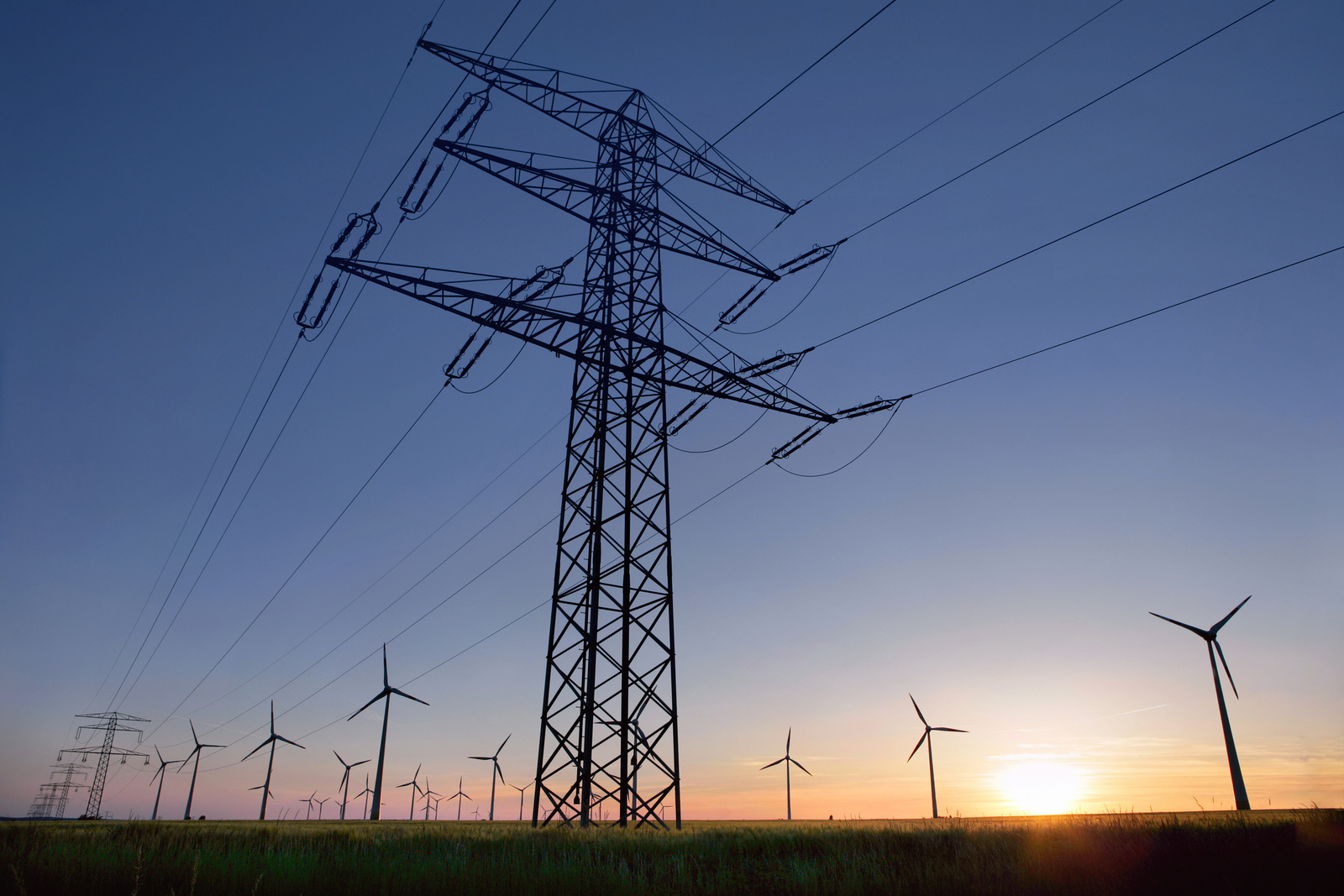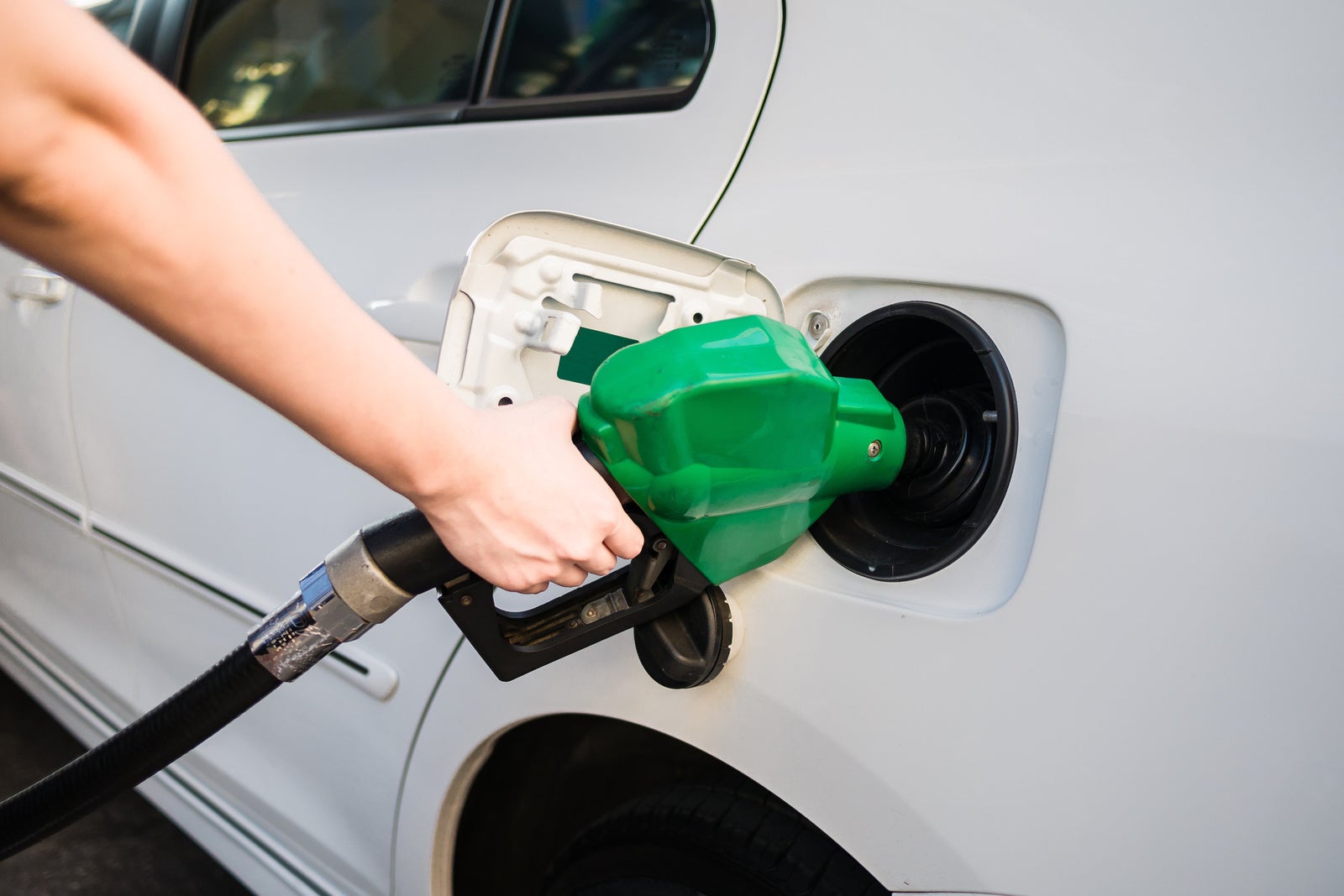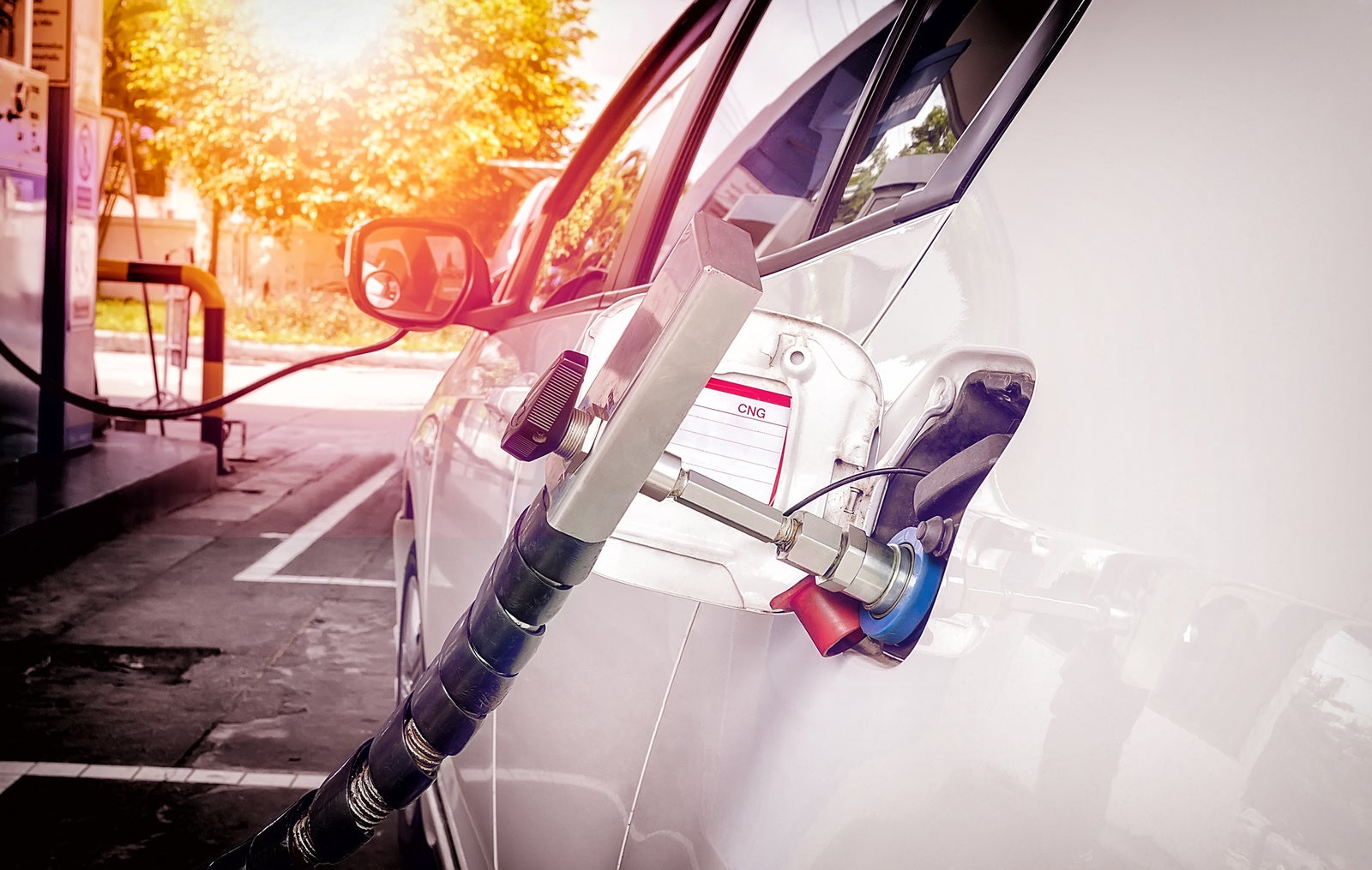
You probably know that cars have a huge impact on the environment—particularly the air we all breathe. But did you know the Environmental Protection Agency reports that transportation causes more than half of all air pollution? To understand why, first look at the fuel used by most cars.
Traditional cars run on petroleum-based gas. Simply put (remember, this is a beginner’s guide), these vehicles run by burning this gasoline in an internal combustion engine. This burning results in a number of unhealthy emissions exiting your tailpipe and entering the atmosphere, most notably carbon monoxide. To combat these issues, more and more drivers and car manufacturers are turning to alternative fuels to power their cars.
Electric cars are probably the most well-known options, but a number of other alternative fuel vehicles exist. If you want to trade in your gas-guzzling car for a more environmentally friendly option, be sure to understand all your options first. Because while these cars are definitely better for the air we breathe, not all are equally friendly to your wallet—at least not initially.
What’s an “Alternative” Fuel?
To start, let’s understand just what counts as an “alternative” fuel. In short: anything that’s not petroleum-based gas (what most people fill their car with at the gas station). Sources like electricity, hydrogen, biodiesel, and natural gas are considered alternative fuels.
These fuels offer a number of potential benefits. As mentioned above, they create less pollution than petroleum-based fuel—actually, some don’t produce any emissions at all. Also, some alternative fuels come from natural, renewable resources, and they can often be produced domestically, decreasing our country’s dependence on foreign oil.
Electricity

Electricity is by far the most common and readily accessible alternative fuel source. According to the U.S. Department of Energy, four out of every five alternative fueling stations in the United States are for electric cars.
Instead of combustion, electric cars derive their energy from a slowly discharging battery stored on board the vehicle. Critically, these cars release no dangerous emissions into the air, unlike a gas-burning car. When the battery discharges fully, you simply plug the car back in to recharge it. Drivers often do this with home charging stations.
Electric cars can be either all-electric or plug-in hybrids. All-electric cars work as mentioned above, but plug-ins function a little differently. Like all-electric cars, they feature a battery that can be charged via an outlet. However, unlike all-electric cars, plug-ins also incorporate a gas or diesel engine. This kicks in after the battery is discharged, allowing you to continue driving between charges if needed. When using just electric power, plug-ins do not release any emissions. When using gas, they do.
Electric cars offer greater fuel efficiency than petroleum-gas vehicles. Their fuel costs are much less as well, though this isn’t really an apples-to-apples (or fuel-to-fuel) comparison. That’s because electric vehicle fuel usage is measured in kilowatt-hours (kWh) per 100 miles as opposed to miles per gallon. You can compare the costs of individual models here. But trust us, electricity is by far the cheapest fuel source overall.
Of course, “cheap” is not a word used to describe electric cars in general. Thanks to the expensive batteries used to power them, electric cars are generally much more expensive to purchase than traditional gas-powered cars, and installing a charging station at your home will cost you, too. Tax credits and incentives help somewhat with this, and anyone interested in electric cars should learn what credits and incentives are available to them.
Hydrogen
Hydrogen-fueled cars use electricity as well. But unlike all-electric cars or plug-in hybrids, hydrogen-fueled vehicles don’t get that electricity from a rechargeable battery. Instead, they combine hydrogen with oxygen to produce energy. This leads to a vehicle that that can often rival the performance of the best electric cars and most petroleum-based models.
When a hydrogen-powered car runs out of fuel, you can’t just plug it in. Instead, you need to hop on over to the nearest fueling station like you would with a petroleum-gas car. Of course, instead of filling your tank with gas, you’d get compressed hydrogen there. The speed to fill up with hydrogen is measured in minutes as opposed to hours. However, the fuel itself is very expensive—up to as much as $15 per gallon. Additionally, there are only 54 hydrogen fueling stations in the United States as of 2016, with almost all of them in California.
More fueling stations may become available when more manufacturers offer hydrogen-powered cars, though these vehicles do have some notable detractors. Hydrogen needs to be produced, as opposed to being a naturally occurring resource. Producing hydrogen can be difficult, and the process releases greenhouse gas into the atmosphere. Even though hydrogen-powered cars release no emissions when running, some believe the complications surrounding hydrogen production diminish the otherwise “clean” nature of these cars.
Biodiesel

To understand biodiesel, you’ll first want to know about diesel. Diesel is a petroleum-based gasoline specifically formatted to burn in a different type of combustion engine from those used with petroleum-gas cars, although both still create energy by burning their fuel.
As a fuel source, diesel offers better efficiency and power than petroleum-based gasoline. On the other hand, vehicles with diesel engines tend to come with higher price tags—both initially and throughout their lives due to higher maintenance. Fuel costs are roughly the same, but recent questions have arisen regarding the environmental impact of diesel cars, with some cities choosing to ban them outright by 2025.
Biodiesel is an alternative fuel that can be used only in a diesel engine. It is produced from fat or oil, with common sources including vegetable oil, soybean oil, and animal fat. Drivers can use biodiesel as a replacement for petroleum-based diesel, or they can combine the two in their vehicles.
At least in theory, if your car has a diesel engine already, you pretty much just have to locate a fueling station that offers biodiesel to start using it. There were 697 of these in the United States in 2016. If you can’t find a distributor near you, you could hypothetically make your own biodiesel, but this is a chemical process—you can’t just dump the vegetable oil from your cabinet into your car and drive off. That makes converting a bit trickier.
If your car currently has a petroleum engine, you can’t simply swap it out and replace it with a diesel counterpart. Sure, they’re both combustion engines, but your current car was designed with that petroleum-based engine in mind. You’ll have to evaluate quite a few systems and parts to ensure they’d still function correctly with a diesel engine. If you’re interested in biodiesel, your best bet is to buy a diesel in the first place.
Natural Gas

Throughout this article, we’ve talked about “petroleum-based gas.” Most likely, you just call this “gas” (although maybe you understand now why other countries call it “petrol” instead). We’ve added that modifier before gas because there’s actually a different type of gas that fuels some vehicles as well: natural gas.
Natural gas vehicles (NGVs) are a popular option around the globe—according to the U.S. Department of Energy, roughly 15.2 million vehicles worldwide are powered by natural gas. However, only 150,000 of those are in the United States due to limited buying and fueling options.
To power a vehicle, NGVs uses either compressed natural gas (CNG) or liquid natrual gas (LNG), which it then ignites in a modified engine. Natural gas is domestically produced and a renewable fuel source. It typically costs less than petroleum-based gas, and 1,865 fueling stations offered this option in 2016. Like other alternative fuel sources, natural gas is better for the environment than petroleum, but it also doesn’t offer the same power or driving range—while coming in at a higher upfront cost as well.
Strides continue to be made to decrease the gaps between petroleum-based gas and other alternative fuels. But if you want an alternative fuel vehicle right now, you’ll have to be comfortable with the trade-offs on cost and performance. If you choose to go this route, look up your options online with the alternative fuel and advanced vehicle search offered by the U.S. Department of Energy.
Related Topics
All You Need to Know About Electric Vehicle Tax Credits
How To Choose Between Gas, Diesel, Hybrid, and Electric Cars
What to Know About Your Car’s Fuel Economy
